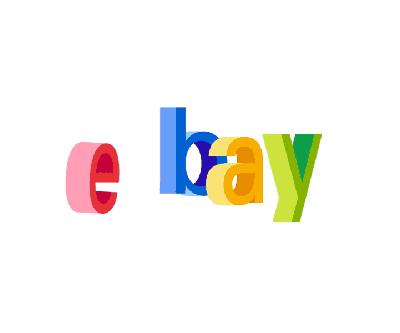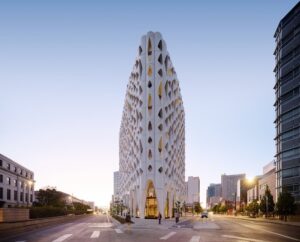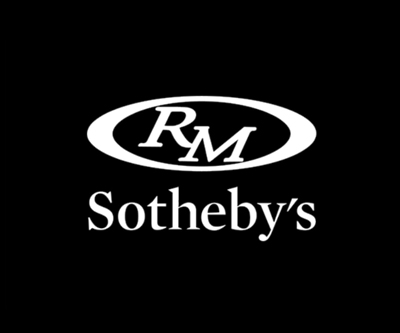Luxury Goods Market Why Thrives Despite Uncertainty
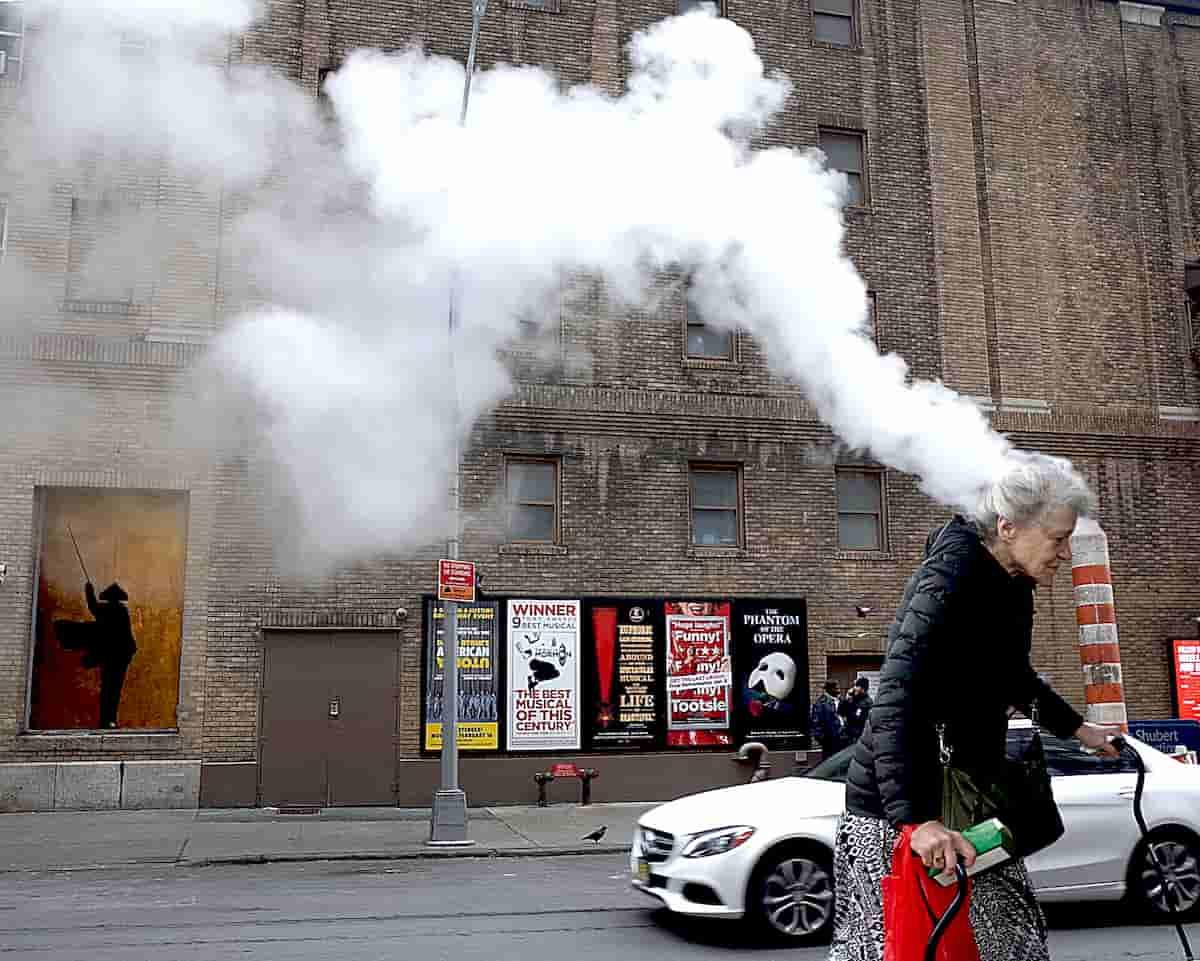
The personal luxury goods market posted a record year in 2022, reaching a market value of €345 billion, [despite geopolitical tensions and macroeconomic uncertainty. This momentum persisted into the first quarter of 2023, achieving 9-11% growth over 2022. However, nuances across countries remain. These are among the findings of management consultant Bain & Company’s Luxury Goods Worldwide Market Study – Spring 2023, presented with Altagamma, the Italian luxury goods manufacturers’ industry association.
The study attributes growth in Q1 2023 to a number of factors, including: the gradual decrease of hyperinflation, recovering confidence of local consumers in Europe, the re-opening in China and lifting of its zero-Covid policy restrictions before Chinese New Year shopping, and the positive momentum in Japan and South-East Asia, bolstered by intraregional tourism. However, the picture is nuanced across countries. A slowdown is expected in the US due to consumer caution in light of a potential recession.
Drivers
“The luxury industry is experiencing a new phase after its post-pandemic growth, with renewed drivers of resilience establishing winners and losers,” said Claudia D’Arpizio, a Bain & Company partner and leader of Bain’s Global Luxury Goods and Fashion practice, the lead author of the study. “Brands who want to succeed need to focus holistically on consumers; balance their exposure across geographies; offer a high value proposition with elevated entry clienteling and experientiality at scale; and push on icons, timeless, and statement pieces.”
Despite holding onto about $900 billion in unspent savings, US consumers are refraining from spending, due to economic uncertainties and the end of Covid relief funding. Top US customers are holding up, yet partially shifting their spending abroad as price differentials widen, and aspirational customers are spending less. In this context, US luxury consumers are focusing their purchases on statement pieces across categories as well as new formal and occasion wear. In the meantime, a rebalancing of the luxury map is taking place: the “giants,” such as New York and California, are coming back while holiday destinations, such as Hawaii and Las Vegas, are recovering yet still behind their 2019 peaks.
Europe has started the year off strong, with sustained performance in the first quarter, especially due to top spenders.
READ ALSO: Fullord and the Necessity of Luxury
The region, however, is awaiting “a moment of truth,” which will pressure test its resilience in the summer as locals face an end to their “luxury shopping haven”—the long tail of US and Middle Eastern tourists in the first half of the year is now expected to slow down. In the last months, Europe has experienced its first Chinese tourists back, with a solid return expected later in the year.
Mainland China, which saw Q1 growth, is expected to rise again this year, with some, but not all, brands back to 2021 levels. In the meantime, the Asian market is experiencing a reshuffling, with [old and new luxury magnets.] Hong Kong and Macau posted a sharp acceleration as primary destinations for Chinese tourism since the country reopened, with additional tailwinds from government policies (~€5 billion market value in 2022).
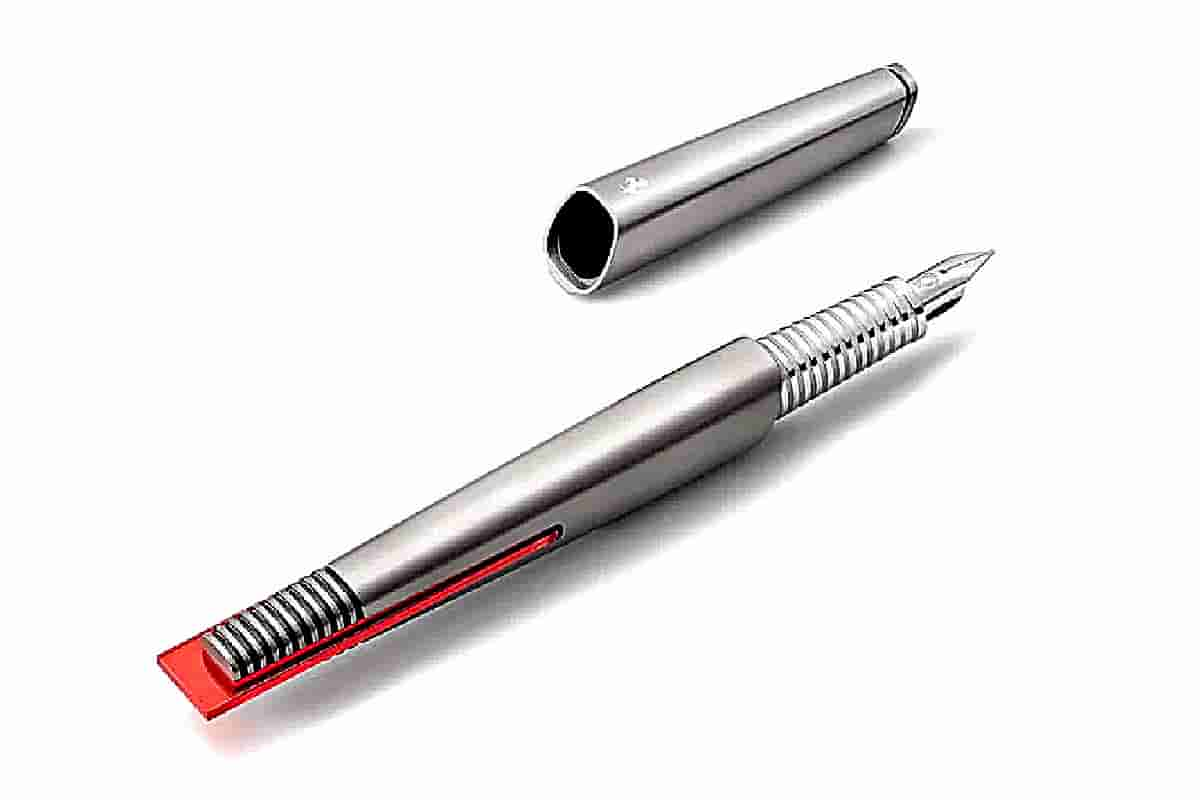
Growth
Southeast Asia continued its brilliant growth path, sustained by an influx of Russian tourists’ spending, the first arrivals of Chinese consumers, and a strong appetite for jewellery and watches (~€12 billion market value in 2022). South Korea, on the other hand, is slowing down with a rebalancing of locals spending on purchases abroad and travel retail accelerating, due to inflows from Southeast Asia and despite limited Chinese arrivals so far (~€21 billion market value in 2022). Japan is the rising star in this landscape: local customers are keeping up their spending, and growth is coming from inbound tourists that are hungry for best-seller accessories], including the first signs of Chinese arrivals (~€24 billion market value in 2022).
The study shows a cross-category “quest for elevation,” driven by iconic and uber-lux pieces, with customers looking for “less but better” purchases. Top performing categories include watches – iconic models with a few giant brands driving growth – and jewellery, with uber-lux pieces driving growth. Iconic bags continue to drive spending as they are increasingly perceived as valuable assets. Shoes are booming in Asia, while slowing down in the Western world, transcending beyond sneakers. In beauty, the study shows growth in fragrances, fuelled by niche offerings and the recovery of duty-free, while makeup and skincare maintain positive trajectories.
In terms of channels, experientiality and travel retail are gaining back shine, tapping into other luxury territories. Travel retail is finally recovering after a long-awaited rebound, thanks to a dynamism from Southeast Asia and Japan. The monobrand category continued its solid growth from 2022, fuelled by an ongoing appetite for in-store experiences and shifts in consumer flows. Direct retail also remains on a solid growth path, increasingly boosted by the dawn of tech-enabled consumers and omnichannel 3.0-enabled sales.
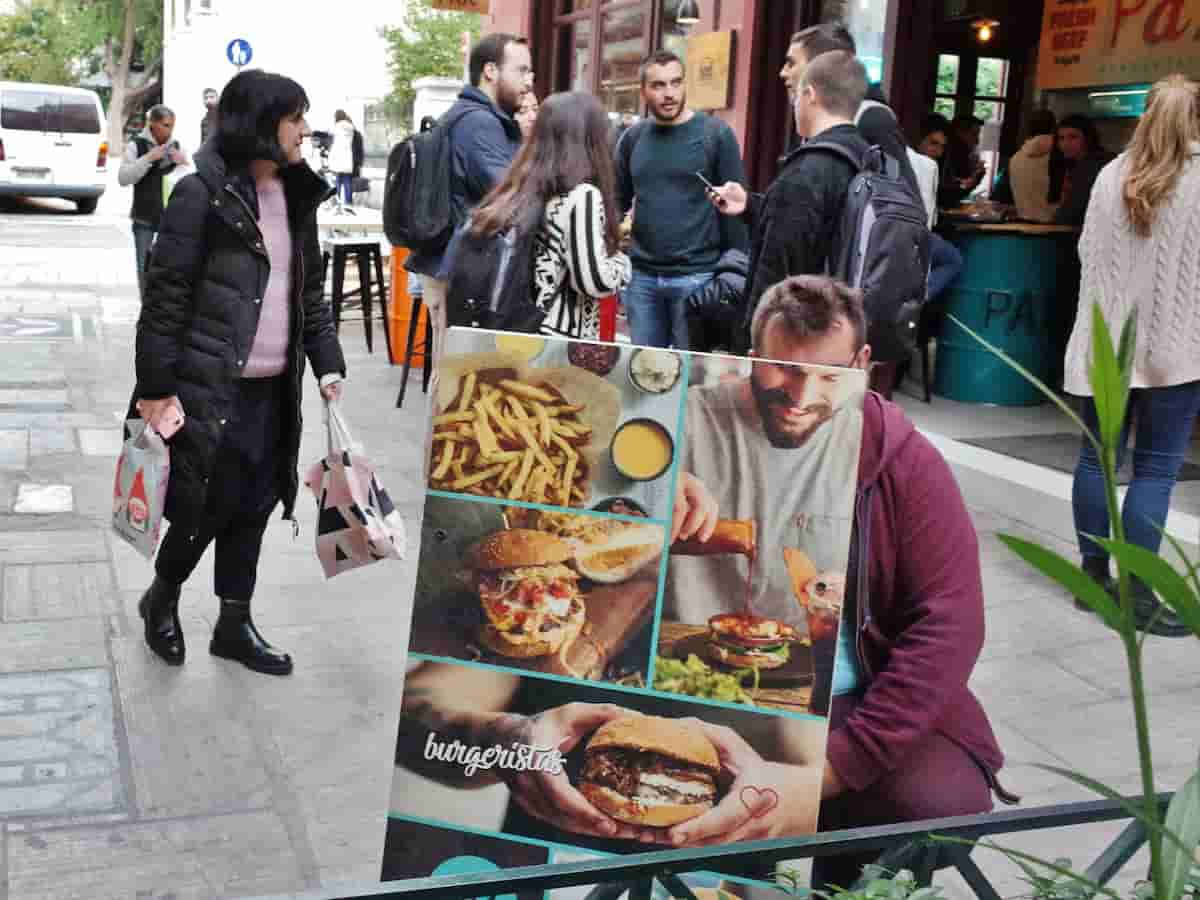
Expectations
The luxury market is set to grow to between €360 and €380 billion in 2023, up from €345 billion in 2022. Bain-Altagamma analysis sets out two scenarios:
-) A positive scenario shows a solid growth path in 2023, driven by China’s recovery and sustained growth from Europe and the Americas, although stabilizing, with sales growth in the personal luxury goods market projected to be between 9 and 12%, versus 2022.
-) A realistic scenario shows overall growth more severely impacted by a slowdown in mature markets, potentially adversely influencing luxury customer spending, as well as a slower recovery in China. In this scenario, sales growth in the personal luxury goods market is expected to be between 5 and 8%, versus 2022.
Looking further out to 2030, the personal luxury goods market is likely to experience growth driven by solid market fundamentals, boosting its value to between €530 and €570 billion—around 2.5 times the size of the 2020 luxury market.
In response to regulatory ESG pressures, luxury brands over the next three years will see a pressing focus on value chain decarbonisation, known as scope 3 emissions, requiring them to decouple expected business growth from the absolute growth of emissions.
Generative AI] will impact all steps of the luxury value chain, from distribution to creativity—yet only partially—as it revolutionises business enablers across all functions. As we saw with digital channels, leaders of tomorrow will be the ones able to stay ahead of the curve and create a competitive advantage through new technologies.
“Luxury is entering the ‘literally me’ era, marked by a desire to show ourselves moving beyond purely aspirational items, valuing uniqueness over status,” said Federica Levato, partner at Bain & Company and leader of the firm’s EMEA Luxury Goods and Fashion practice, co-author of today’s report. “Meanwhile timeless, iconic pieces remain coveted due to their scarcity and continuous appreciation. This means many newcomers are overperforming, but they are competing in a world of giants, who are also experiencing much success. To remain relevant in the long run, brands will need to continue to channel an insurgent mindset, championing hero products and their founders’ visions, while also tooling up to sustain long-term growth by getting the business fundamentals right.”
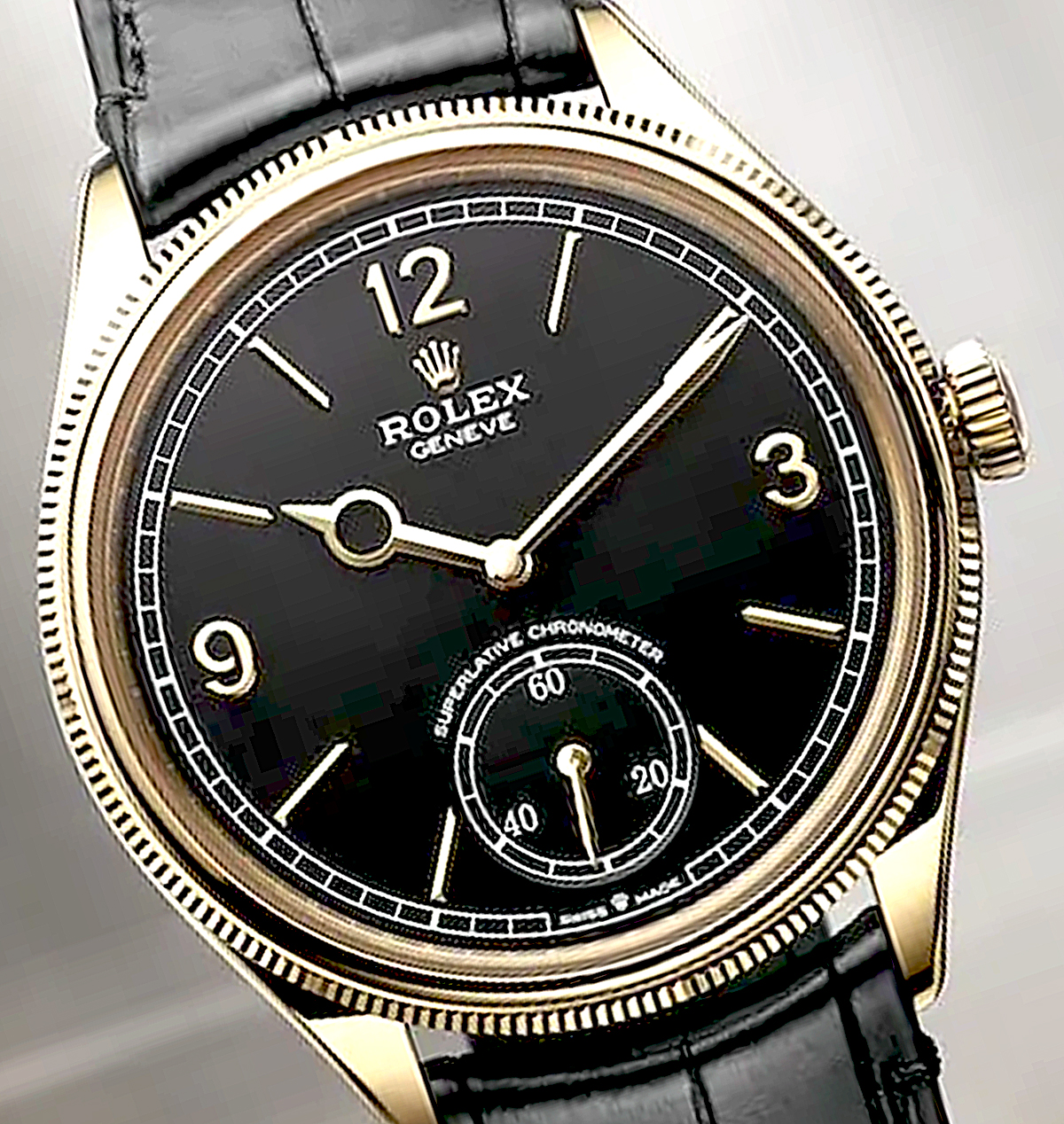
Om onvervangbaar te zijn, moet je altijd anders zijn.
Er zijn fascinerende beelden hier, en de fascinerende dag van samen! xo
─────────────────────────────────────────────────────
Per essere insostituibili bisogna sempre essere diverso.
Ci sono immagini affascinanti qui, e l’affascinante giornata di insieme! xo KanikaChic
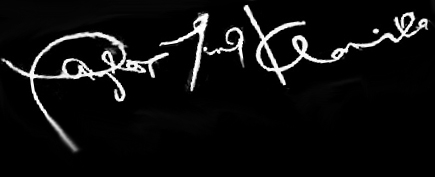

![34_1casa_berezowski_house_r06 2-1txt) [The roof structure of the house is formed by 8 exposed concrete beams cast in place. With a length of 30.5 meters and spaced 2.10 meters apart. The beams are interspersed with exposed beams of the slab-panel type. A second mesh of perpendicular beams follows the internal divisions of the rooms and “ties together” the whole structure]. At some specific points (access gallery, bathrooms, circulations and internal sections of the room and balcony); The placement of the slab-panel joists is interrupted by linear skylights for natural lighting and/or ventilation. Most of the luminaires are built into these skylights.](https://kanikachic.com/wp-content/uploads/elementor/thumbs/34_1casa_berezowski_house_r06-pthcf7210kbgroljpjpfclt3oko9yb0a4ddpaoqdu0.jpg)




